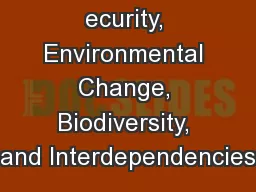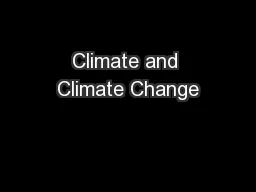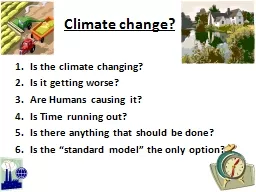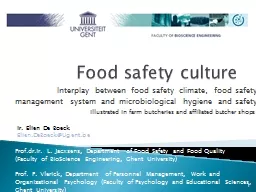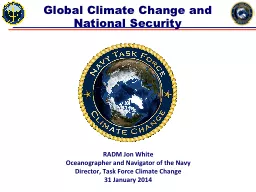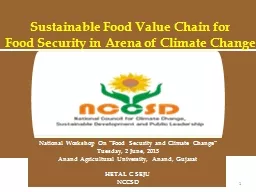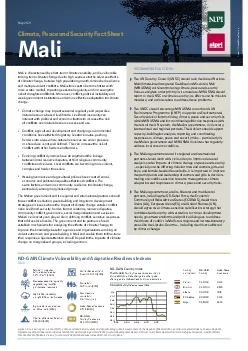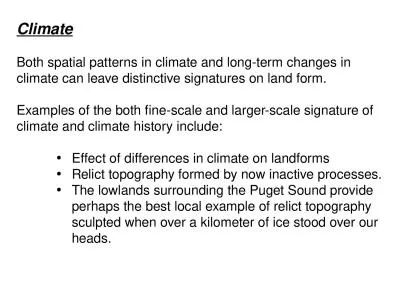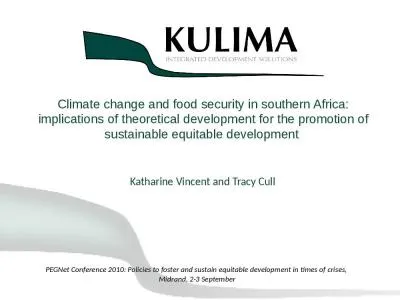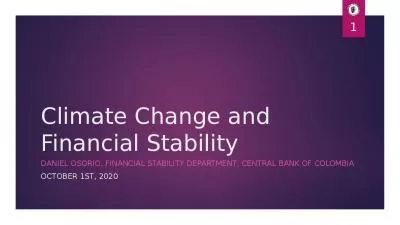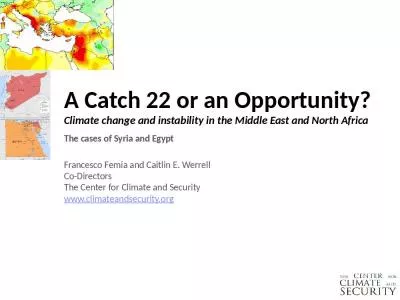PDF-Climate change and food security
Author : julia | Published Date : 2022-09-22
Prema Ramachandran Director Nutrition Foundation of India NPCCHH online training course 12082021 Screen 2 of 19 Food Security Concepts and Framework What is Food
Presentation Embed Code
Download Presentation
Download Presentation The PPT/PDF document "Climate change and food security" is the property of its rightful owner. Permission is granted to download and print the materials on this website for personal, non-commercial use only, and to display it on your personal computer provided you do not modify the materials and that you retain all copyright notices contained in the materials. By downloading content from our website, you accept the terms of this agreement.
Climate change and food security: Transcript
Download Rules Of Document
"Climate change and food security"The content belongs to its owner. You may download and print it for personal use, without modification, and keep all copyright notices. By downloading, you agree to these terms.
Related Documents



